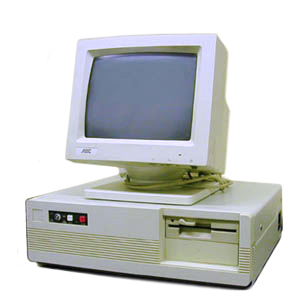How to Program in True Basic

True Basic is an alternative programme of the original Basic language which is widely used in home computers. Programming in True Basic is certainly a complex thing which can only be done with the help of an IT professional. Many languages are used in computers and different programmes but True Basic is considered to be effective as it covers various aspects of programming. When it first came into the market, the manufacturers implemented extensions to the main language for supporting other features of the hardware. It is very important to understand how to program if you want to use True Basic.
Instructions
-
1
Understanding True Basic
Before programming in True Basic you should understand the programme itself. The True Basic language was developed first in 1965 by John G. Kemeny and Thomas E. Kurtz. Primarily it was developed for introductory computer courses but later with other languages such as Java and C++. As True Basic is easier than other computer languages, it received extra consideration among top developers. Later the procedural languages were also developed but True Basic never lost its popularity as it continued to grow. The real problems occurred when procedural languages changed the state or memory of the computer by a sequence of many complex statements while the True Basic programme is very similar to F (a subset of Fortran 90) which later received appreciation among computer programme developers. Some say the true hype of the True Basic programme was created by few developers in later years when they came to know that this very program is so efficient that it can run without bringing any change on machines which run on the Macintosh, Unix, and Windows operating systems. -
2
Perfect programming language
According to experts and computer developers, no perfect programme has arrived yet but still the True Basic is far better than many which later gained fame. Learning Java, C++ and F is still more difficult than True Basic. You need to fully focus while working on True Basic.
Down below is an example of primary learners of programming in True Basic.
PROGRAM product
! taken from Chapter 2 of Gould & Tobochnik
LET m = 2 ! mass in kilograms
LET a = 4 ! acceleration in mks units
LET force = m*a ! force in Newtons
PRINT force
END -
3
Comment statements
Comment statement is also very important while working on True Basic. It begins with the sign of ! and you can include this sign anywhere in the programme. -
4
Introduce syntax
Introducing syntax is also important while programming in True Basic.
PROGRAM product2
INPUT m
INPUT prompt "acceleration a (mks units) = ": a
LET force = m*a ! force in Newton's
PRINT "force (in Newtons) ="; force
END







